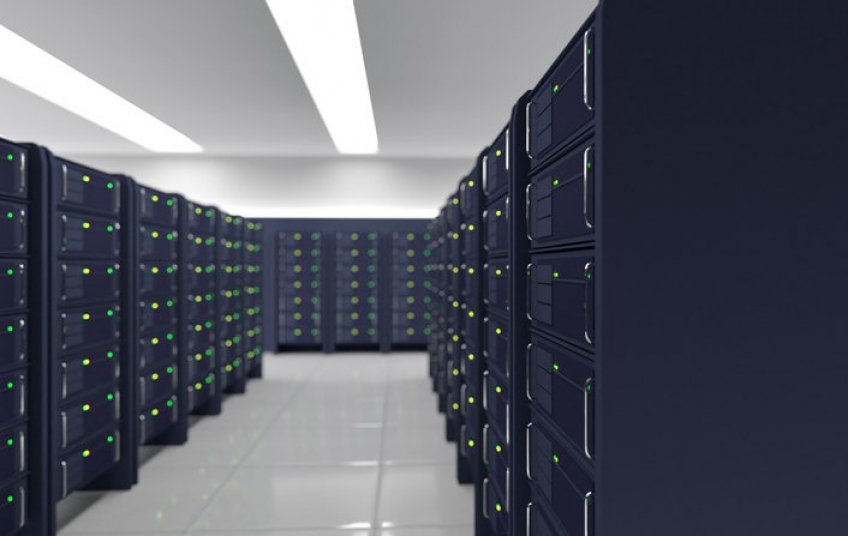Francisco Ramírez from DATA4, Julian Fiandor from Vantage Data Centers and Andrés Arjona from EXA Infrastructure discuss the fundamentals of energy efficiency ahead of DCD>Connect Madrid.
The design and operation of Data Centers poses an important challenge in the development of sustainable technologies for cooling and air conditioning of equipment, with cooling being one of the critical aspects of its operations. In addition to avoiding failures or overheating, it also helps save energy and reduce costs thanks to the introduction of environmentally friendly technologies that maintain full temperature control of all computer components and various storage devices in the system. hub. There are many ways to contribute to energy efficiency.
“Energy efficiency is a determining factor, which has reached a more relevant importance if possible due to the substantial increase in the cost of electricity supply, sponsored by the current world geopolitical situation, and by the great sensitivity in caring for the environment that we have. main players in this sector”, says Francisco Ramírez, Operations Director - Spain of DATA4. In addition, all the development phases of a Data Center (design, construction, commissioning and operation) and the systems/equipment that are part of it (including IT equipment) have their degree of involvement in that energy efficiency.
Delving into the main elements that contribute to the energy efficiency of a Data Center, Julian Fiandor, Director, Engineering, EMEA of Vantage Data Centers, mentions the following:
-
The climatology, the higher the average temperature, the more difficult it is to dissipate the heat.
-
The operating temperature of the Data Center's IT equipment. Certain elements require lower operating temperatures (tape library) than others (open compute) and this affects efficiency, since more is required of the cooling system.
-
The technology selected for cooling (those that allow free-cooling during cold periods in general, or those that use other media, such as water, although attributing an improvement in efficiency to the use of water is questionable).
-
The design: those designs that seek to eliminate obstacles (less pressure losses, good separation of hot and cold aisles).
-
The reuse of the heat generated by the data center for other operations (it does not make the data center operation more efficient, but that of other businesses or other areas of the data center, making the general calculation of both businesses more efficient).
There are many elements that must be paid attention to, but the most complex to manage are the refrigeration systems and the environmental control system, within the general area of the plant, while the most inefficient are, according to Andrés Arjona, Manager Regional Engineering Spain of EXA Infrastructure, the enclosures and insulation, always subject to possible malpractice and deterioration, and also the lighting control. “In general, in my opinion, they all require great care and attention. Preventive and conductive maintenance is necessary with strict observation routines and, of course, periodic maintenance with the manufacturers”, says Andrés Arjona.
“Regarding cooling systems, modularity and direct action on, or as close as possible to, the heat source are gaining ground compared to larger-scale systems that have been used until now” Andres Arjona of EXA Infrastructure.
The design and operation phases of Data Centers pose a challenge in the development of sustainable technologies for cooling equipment. “New technologies always go in the direction of being more efficient, lower costs and now to a greater extent reduce the environmental impact. It is a great challenge that is even greater in countries with a worse geographical situation in order to achieve greater energy efficiency. All this is due to the growing general concern about reducing the environmental impact and lately because of the high cost of energy and fuels in general”, adds the EXA Infrastructure manager.
Finally, the cooling and cooling procedures by supplying cold air in the environment where the IT equipment is housed, using the containment of hot or cold aisles to be more efficient, is the most common way at present. Other options such as immersion cooling, more linked to hyperscales, are also being introduced more slowly.





